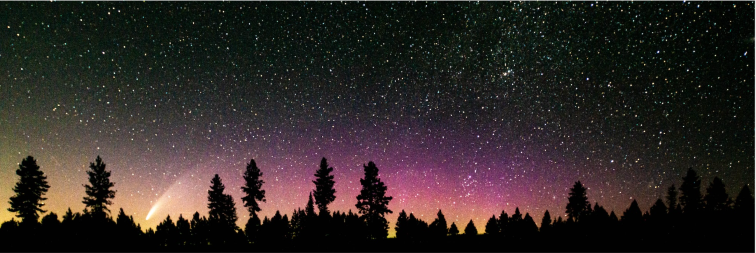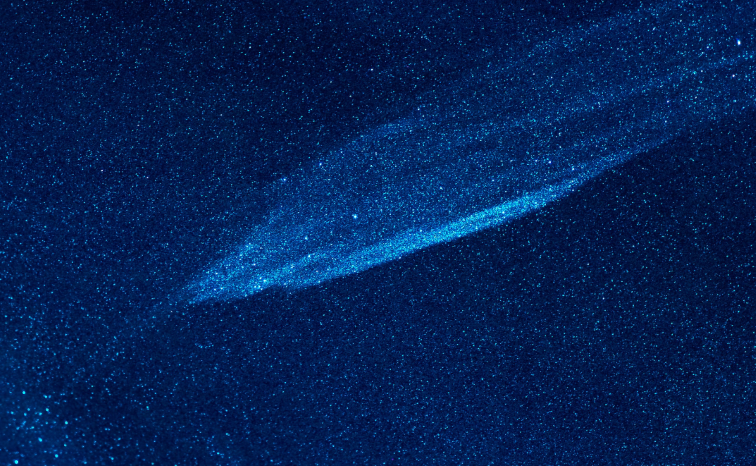Long-period comets and Jan Oort

When astronomers at the beginning of the twentieth century knew a good number of long-period comets, they tried to extract as much information as possible from their orbital data.
It turned out that about two-thirds of long-period comets have randomly distributed orbital parameters, and that one-third of bodies have such orbital energies that enter a narrow interval.
That interval represents orbits that extend to very large distances – 20,000 AU and beyond. Such trajectories have periods of over a million years.
In fact, in the late 1940s, the Dutch astronomer Adrian van Wörkom showed that the orbits of those two thirds of comets can be explained through planetary perturbations, through which comets can acquire orbits with any (randomly determined) parameters.
Then the Dutch astronomer Jan Hendrik Oort, already known for explaining the rotation of the Milky Way, became interested in the problem. He pointed out that the large number of comets with periods over a million years must point to an original source of long-period comets.
The source is a huge cloud of spheroidal bodies that surrounds the planetary system and extends halfway to the nearest stars.

Oort reached the correct conclusion with only 19 comets with precisely determined trajectories at his disposal. Today, astronomers know 15 times more comet trajectories.
Even today, they know that long-period comets enter the planetary region for the first time from an average distance of 44,000 AU, and as such have an average orbital period of about 3.3 million years.
Impacts on the cloud
Comets are very weakly gravitationally bound to the Sun, so stars that pass close to our system constantly change their orbits. At a distance of less than one parsec (206265 AU), 12-14 stars pass every million years.
These close encounters scramble the comets in the cloud, changing their orbits and sending them into the inner solar system on highly elongated elliptical paths.
Some are ejected from the solar system, while others return, and we get to watch them again. And some remain in the planetary part of the system as Halley-type comets.
Only about 5% of new long-period comets after passing through the planetary region still have such trajectories that will return them to the outer part of the Oort cloud from where they came.
Occasionally, a star comes so close to the Sun that it passes right through the Oort Cloud, violently altering the paths of comets along its path. Statistically, a star is expected to pass within 10,000 AU of the Sun every 36 million years; and within 3000 AU every 400 million years.
Statistically, the closest stellar passage during the history of the Solar System was at 800 AU, a distance comparable to the greatest distances of objects in the Kuiper belt, i.e. at a smaller distance from the Oort cloud.
Such a close pass would cause a real stampede of comets heading for the planets, increasing the number of comets entering the planetary region several hundred times. This would lead to increasing the number of comet impacts on planets and causing possible extinction on the only planet with life in the solar system, of course Earth.
Studies say that such an extremely increased influx of comets would last 2 to 3 million years, and that 300 times more comets can be found near the planets compared to the average number before the passing of the star.

